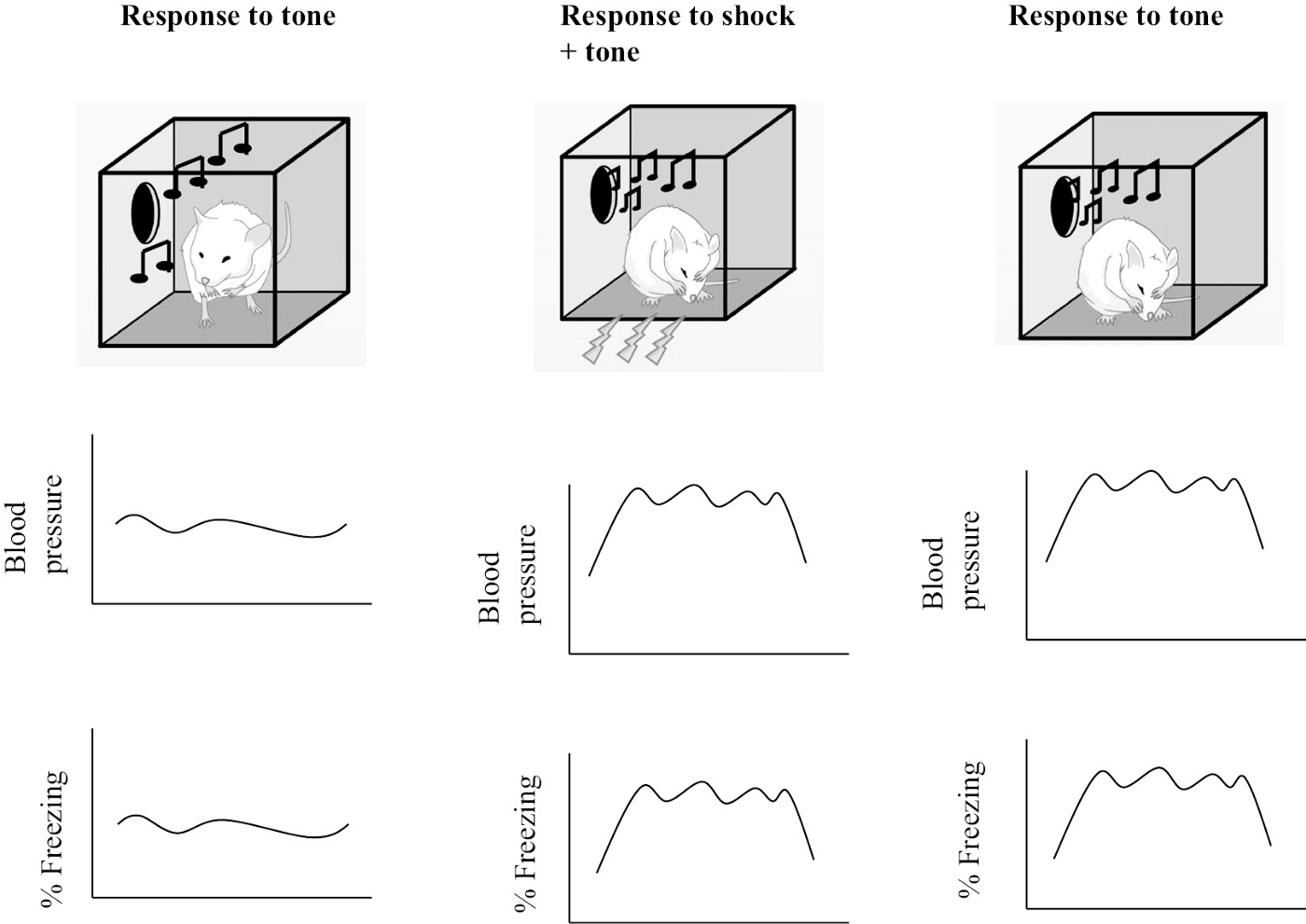Musings by JY
Boxing and Fear Conditioning

A year ago, when I went to get my physical for my USA Boxing passbook, my doctor asked me as soon as I sat down: “what’s it like getting punched in the face?”
The question came as a bit of a shock really, first because of her unabashed curiosity at my expense, then later because I realized that the pain of getting punched in the face is perhaps the least troubling thing about stepping into the ring.
The hard part is confronting the emotions leading up to it.
Let me back up a little bit so I can nerd out on the random neuroscience things I’ve learned.
The limbic system is the emotional circuit of the brain composing of the hypothalamus, the amygdala, the thalamus, and the hippocampus. The thalamus (two of them) serve as the sensory relay of the circuit which captures all of your senses aside from smell (smell has its own relay station, and gets relayed to an area that’s very close to other areas that regular your emotion, hence why sometimes smell can illicit very strong emotional responses). The amygdala, is often dubbed the “aggression center”, regulating feelings of anger and violence, as well as fear and anxiety (caveat: more specifically, the centromedial amygdala, but I won’t go into the nuances here). The hippocampus is responsible for sending memories out to the appropriate part of the cerebral hemisphere for long term storage, consequently forming long-term memories. And lastly, the hypothalamus regulates the autonomic nervous system, which in turn regulates physiological responses such as pulse, blood pressure, breathing, arousal, etc. It also interacts with the pituitary glands and adrenal glands on the HPA axis, which produce hormones in responses to stress.
This little circuit is where fear conditioning and context conditioning take place. Fear conditioning, as shown in the image above, is a form of classical condtioning where the repeated pairing of a negative stimuli (for example, one that causes pain) with a neutral stimuli (light, sound, etc) eventually triggers a fear response when only the neutral stimul is presented. On the other hand, context conditioning is the association of the environment with a negative stimulus, causing the environment to also illicit a fear response. Studies have shown that without the amygdala, fear conditioning will not occur, and without the hippocampus, context conditioning cannot occur.
Okay. Why did I just go on this massive rant? Well first, this is my blog and I can do as I damn well please. Second, this means that unlike other sports where the negative stimuli is perhaps the shame of losing a match or disappointing your teammates, boxing is naturally a sport doused in fear conditioning.
At its core, every move you make in the ring is aimed at punishing your opponent to take away their strongest weapons (in other words, forcing an association between their offense and pain). The goal is to frustrate and discourage your opponent as much as possible, to the point where they no longer wish to be in the ring with you. This is what we often mean by “breaking down your opponent.” And so every hard sparring session is an association between the sport and some degree of pain as the negative stimuli. The better you are, the less you will get hit; the less you get hit, the more likely you are to return to the ring. Unfortunately in the history of professional boxing (since the introduction of CompuBox), there has only been a single fighter who went an entire round without being hit by an opponent (RJJ vs. Pazienza).
And sad to report, I’m no RJJ :(
Some choose to never spar hard, and that’s OK. But if you do choose to go down the road of competition, the nerves never go away. And that’s part of the beauty of this sport – you have to learn to harness your emotions, you have to learn to keep trying and adapting despite failures, and a coach has to know his fighter well enough to read and manipulate their reactions. Just like creating conditioning programs, there’s no cookie-cutter recipe for how a fighter or coach can accomplish this; and unfortunately it’s not a topic that arises often in conversation between boxers unless there’s a deep-seated trust because we all have egoes to protect :)
But between you and me, I think out of everything in this sport, being scared is perhaps the most natural, most human thing. After all, from the neuroscience perspective it is literally programmed into our bodies.
So don’t fight it. Embrace it.
Written on December 11th, 2020 by JY